One night, a friend and I decided to escape our campus in St. Louis and venture out into the real world of ordering off a menu at a restaurant that doesn’t take meal points. We chose Público, a Latin-inspired cantina restaurant on the Delmar Loop. As I browsed the menu, I saw “sweetbreads” as a small plate and the description said, “pineapple, agave, habanero.” I’d never heard of sweetbreads, but I thought to myself, “Wow, I could practically have dessert for an appetizer—of course I’ll get it!” At least that was what I initially thought based off the sound of the dish.
Boy, was I wrong.
As a vegetarian, I was horrified by what the waiter put in front of me. The food in no way resembled bread, but was rather chunks of an unidentified meat on my plate. I couldn’t help but be confused.

GIF courtesy of Imgur
The pile of meat on my plate made me question what else could I accidentally order. To help you avoid making the same mistake I made, here is a list of seven foods that don’t sound at all like what they actually are:
1. Sweetbreads
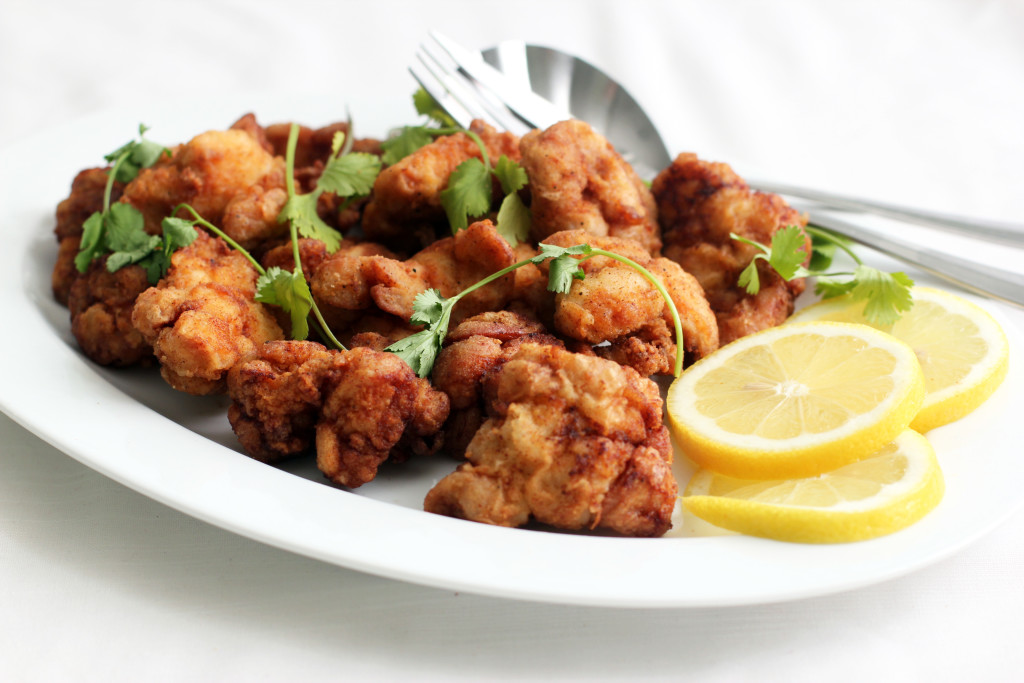
Photo courtesy of cookinginsens.wordpress.com
It turns out sweetbreads have no bread in them whatsoever. Instead, they are made from the thymus gland and pancreas of, typically, veal or lamb. They’re generally blanched to firm up the flesh and then grilled, braised or fried. The texture is smooth, tender and moist, while the flavor is pretty mild and creamy.
Why are they called “sweetbreads” you may ask? Apparently, in The Historie of Man published in 1578, this body part was described as, “a certain glandulous part, called Thimus, which in Calues…is most pleasant to be eaten. I suppose we call it the sweete bread.” Thus, the term sweetbreads was born.
2. Rocky Mountain Oysters
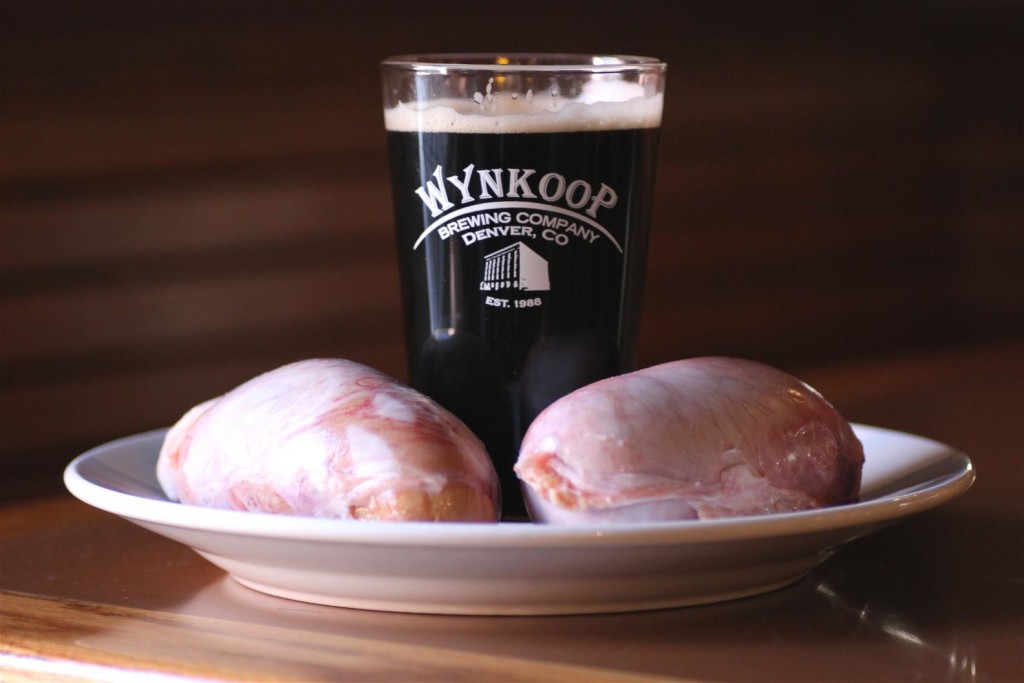
Photo courtesy of @hbjzds on Instagram
Without an ocean nearby, you’re probably confused as to why the Rockies would be known for their oysters. Well, they’re really not. Rocky mountain oysters are not sea creatures, but rather bull or sheep testicles. Although you might not see it, they got their name from resembling oysters when raw. This “cowboy caviar” is a popular appetizer in parts of the West. The “oysters” are typically served in thin, breaded, seasoned and fried slices with a cocktail sauce for dipping.
3. Head Cheese
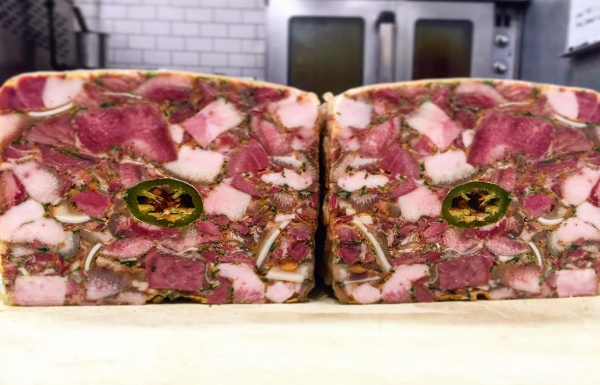
Photo courtesy of @hotdogboyfriend on Instagram
Don’t be expecting to see this “cheese” on your next cheese plate because it’s actually a meat jelly made from the flesh of a pig or calf head. It’s typically flavored with onions, black pepper, allspice, bay leaves, salt and vinegar and eaten cold or at room temperature. It originated in Europe during the Middle Ages as a peasant food, but now, variations of head cheese can be found all over the world.
#SpoonTip: If you’re feeling brave, you can make your own head cheese.
4. Welsh Rabbit
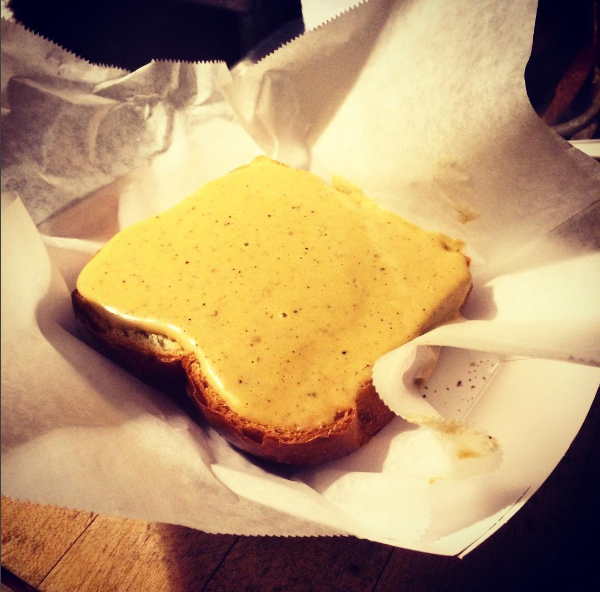
Photo courtesy of @thedrinkbk on Instagram
Even though “rabbit” is in the name, this dish is totally meat free! Also knows as “welsh rarebit” or simply “rarebit,” this food originated in 18th century Britain. Traditionally it’s made up of a savory sauce of melted cheese served hot, poured over slices of toasted bread. It’s basically the OG grilled cheese.
5. Egg Cream
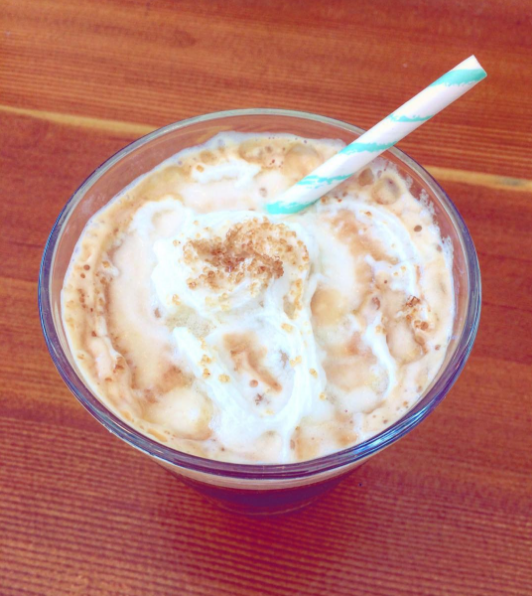
Photo courtesy of @krystalcmack on Instagram
Egg cream is one of NYC’s most iconic, nostalgic and perplexing drinks, considering it contains neither egg nor cream. Instead, this famous concoction is a melange of just three ingredients: milk, seltzer water and chocolate or vanilla syrup. Although its origins are heavily debated, food historians’ consensus is that the egg cream was brought to NYC by Eastern European Jewish immigrants around the end of the 19th century. The good news is that it’s still a popular treat in Brooklyn today.
6. Geoduck

Photo courtesy of @metal_murmaid on Instagram
Geoduck (pronounced “gooey-duck”) is not, in fact, a duck at all. Found on the west coast of North America, geoduck is actually a species of a very large saltwater clam. Impressive in size, its shell can range from 6 to 8 inches and its neck can reach up to 3.3 feet in length. Geoduck are also one of the longest-living animals in the world with the oldest one ever recorded at 168 years old.
In the culinary world, geoduck is considered a delicacy in China and beloved for its savory flavor and crunchy texture. It’s also considered a natural aphrodisiac for its suggestive shape, earning it the nickname of the “phallic clam.”
7. Spotted Dick
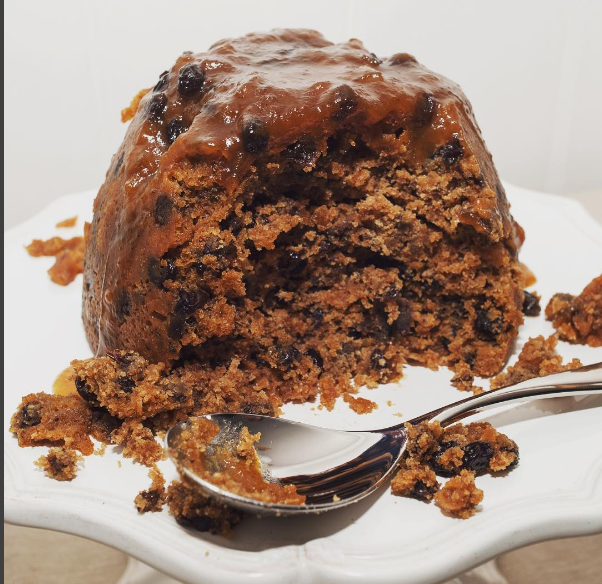
Photo courtesy of @eatpuddeng on Instagram
Although nowadays it’s most common to find spotted dick in white elephant gift exchanges, spotted dick is a traditional British pudding. This foreign treat is made from mutton fat, baking soda, flour, molasses, corn syrup and nutmeg. The dessert gains its “spots” from adding raisins or dried fruit to the dough. The mixture is typically steamed or boiled and served with a custard sauce.
Dying to try it? Check out Heinz’s microwavable version.
Now, you can’t say we didn’t warn you. Make sure to remember what these bizarre foods really are before ordering them at your next meal out.


